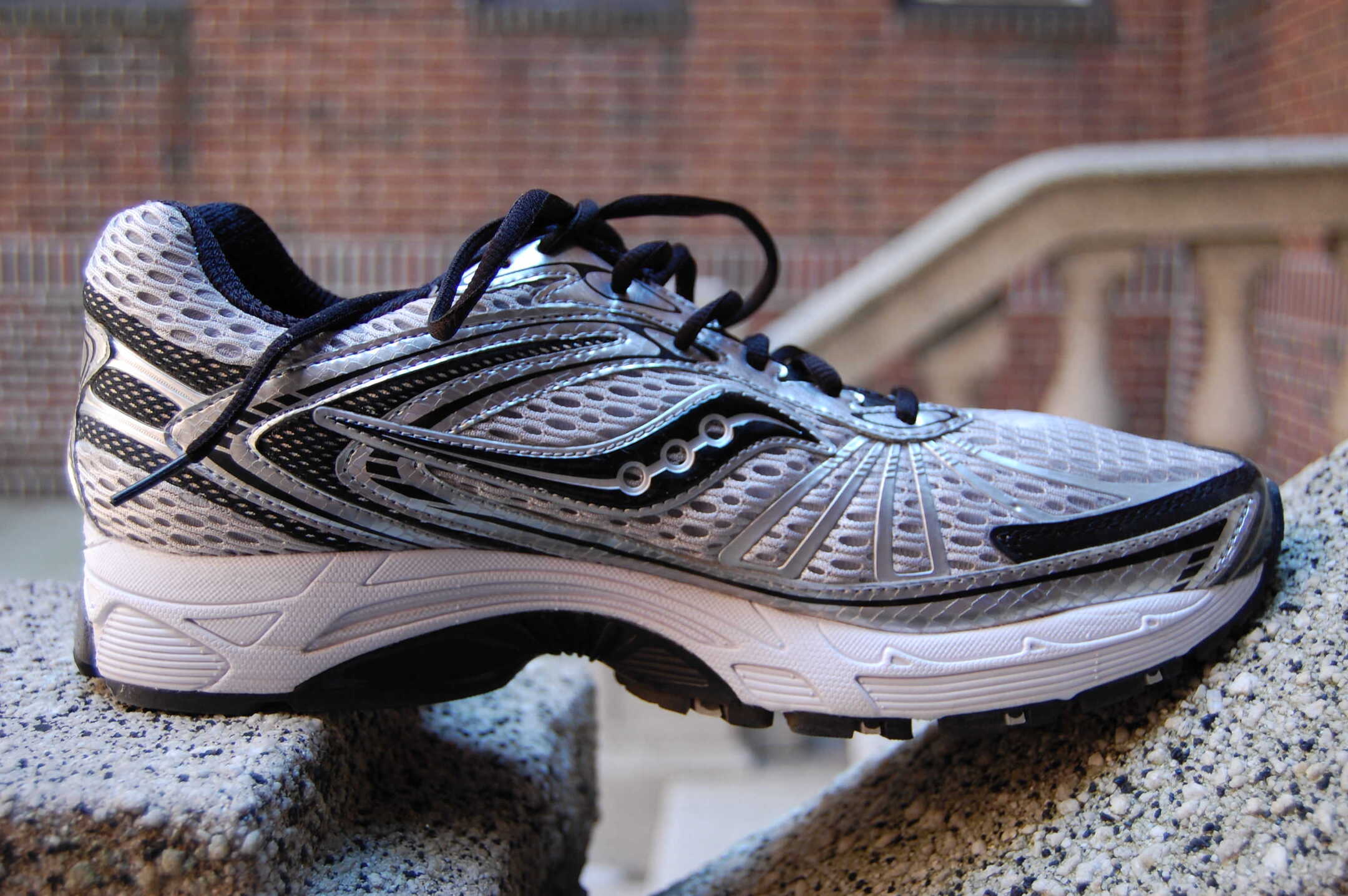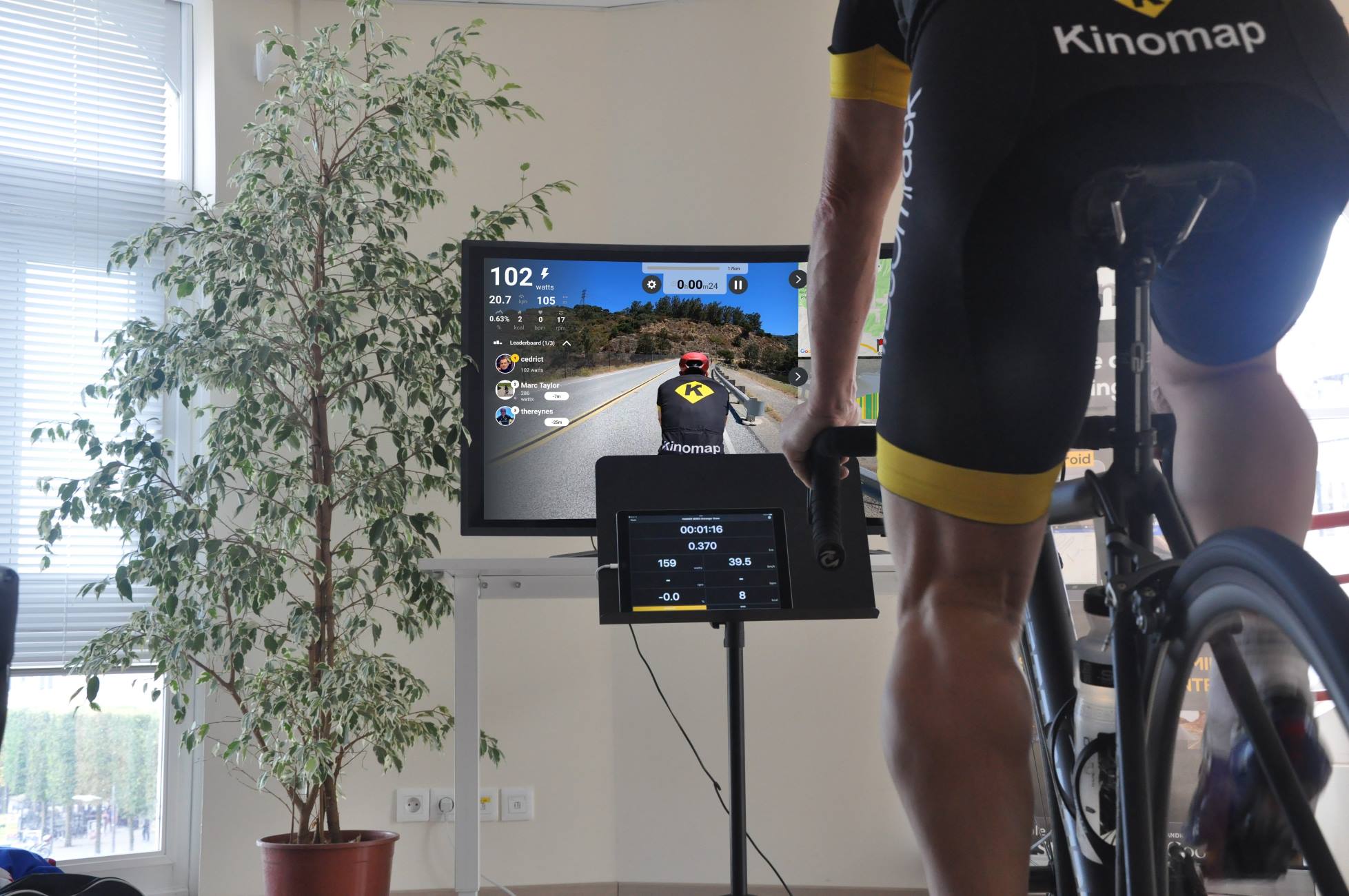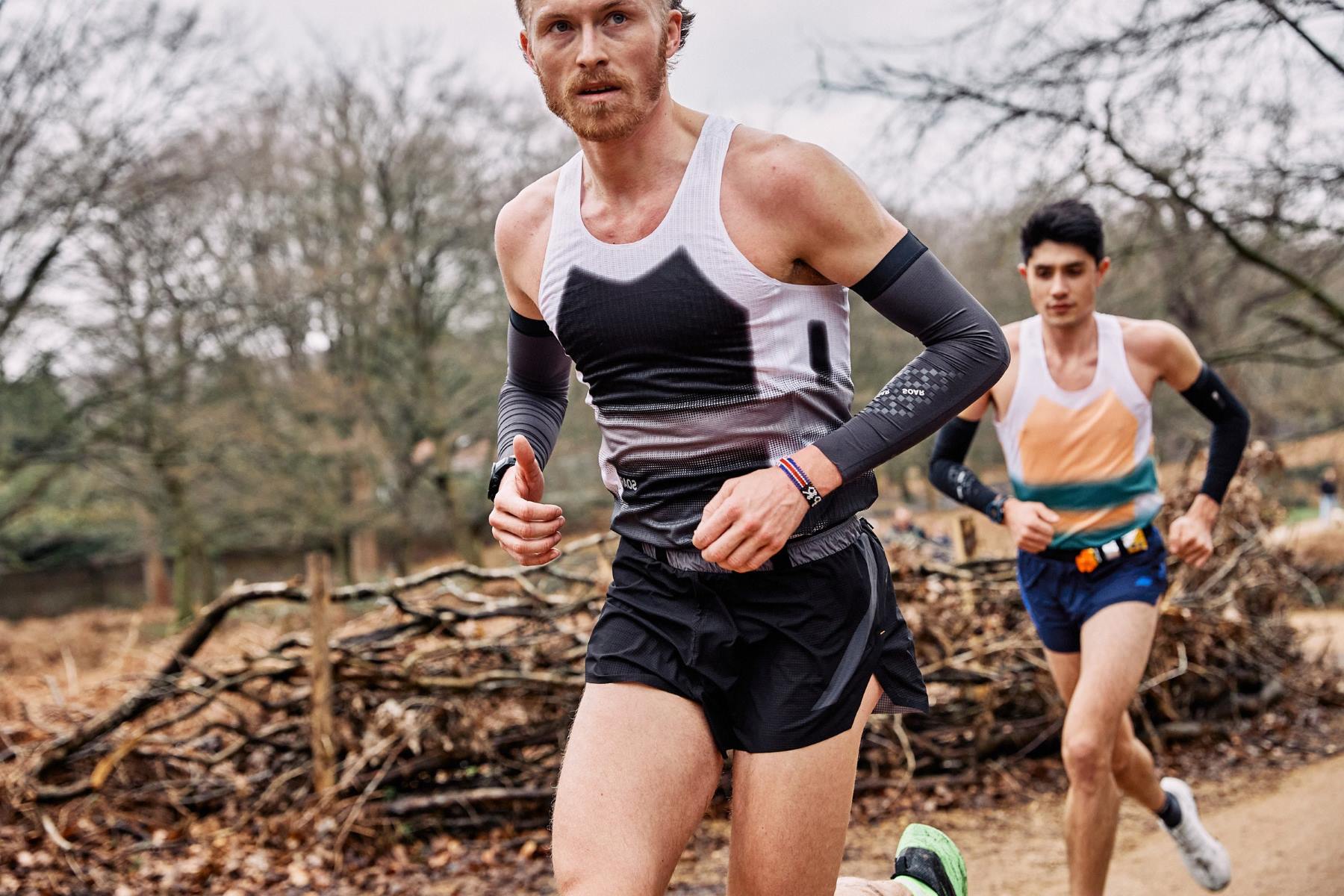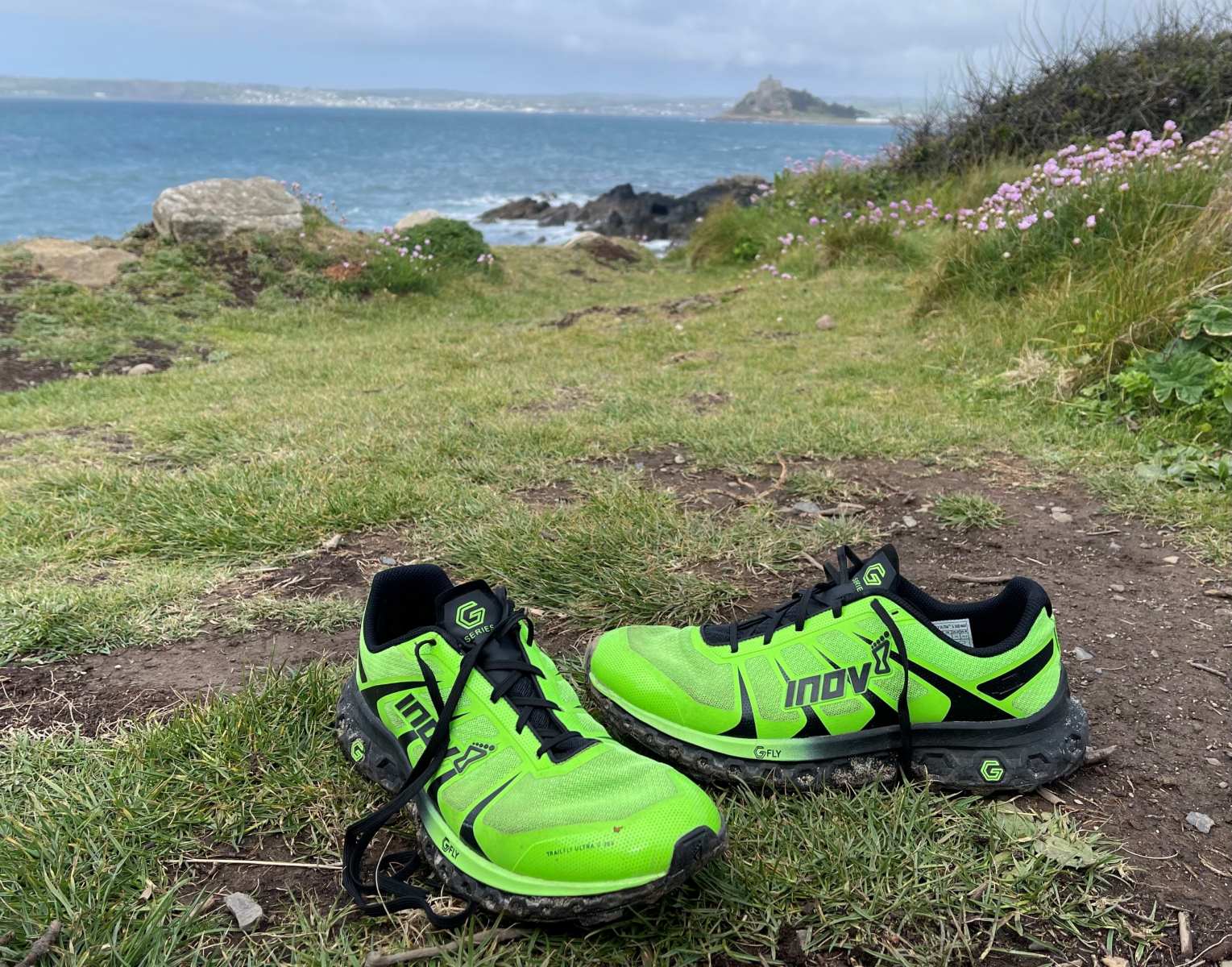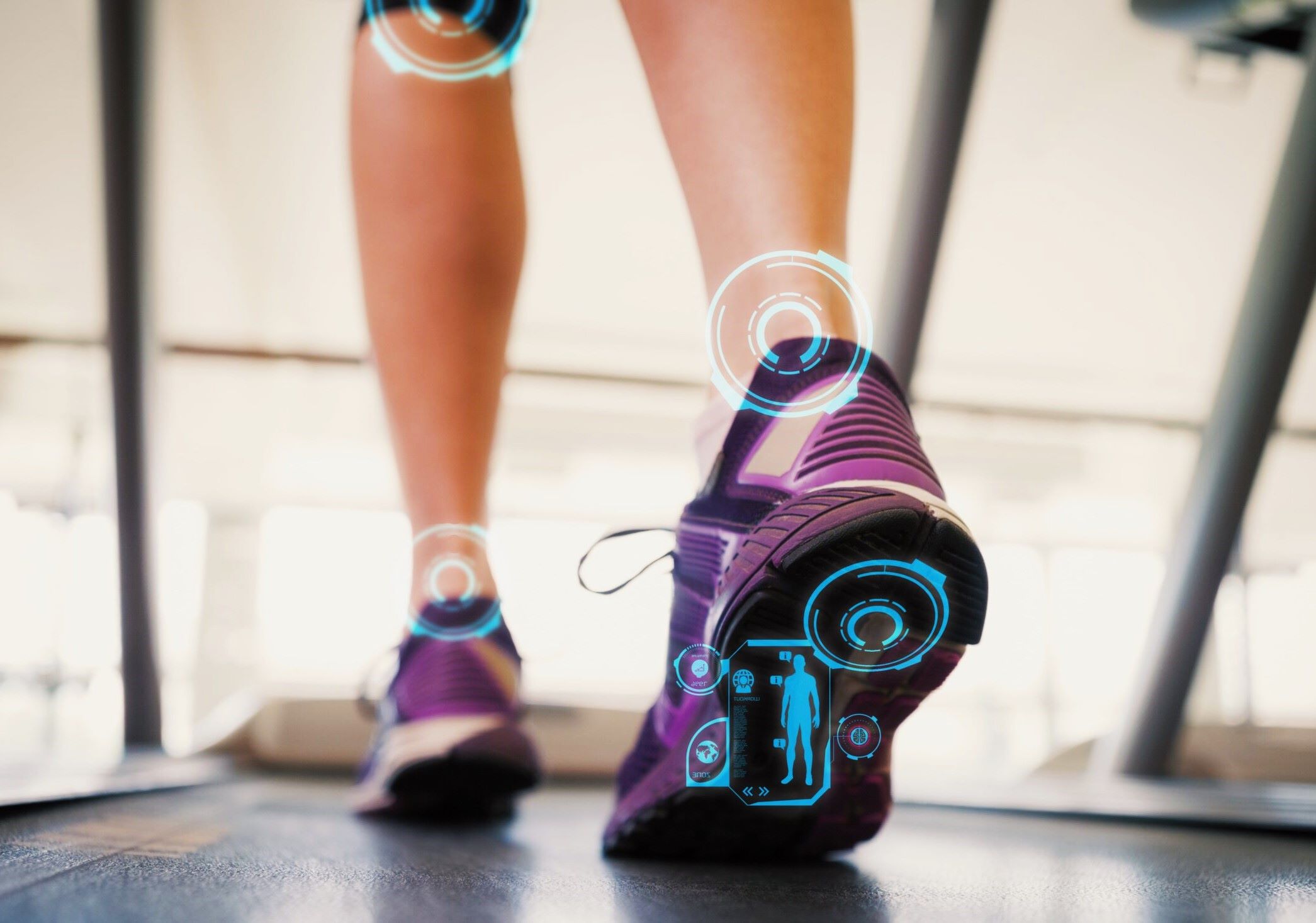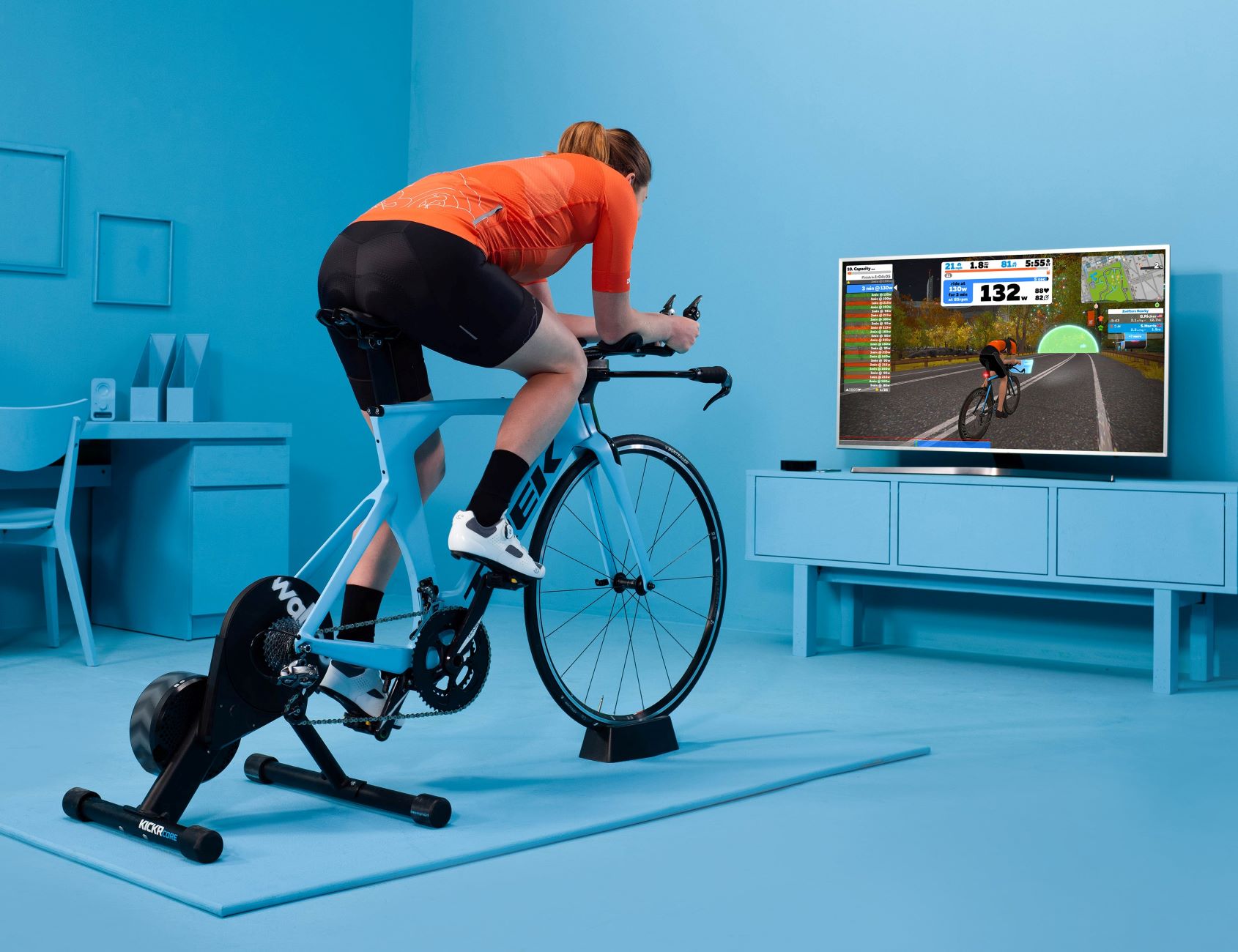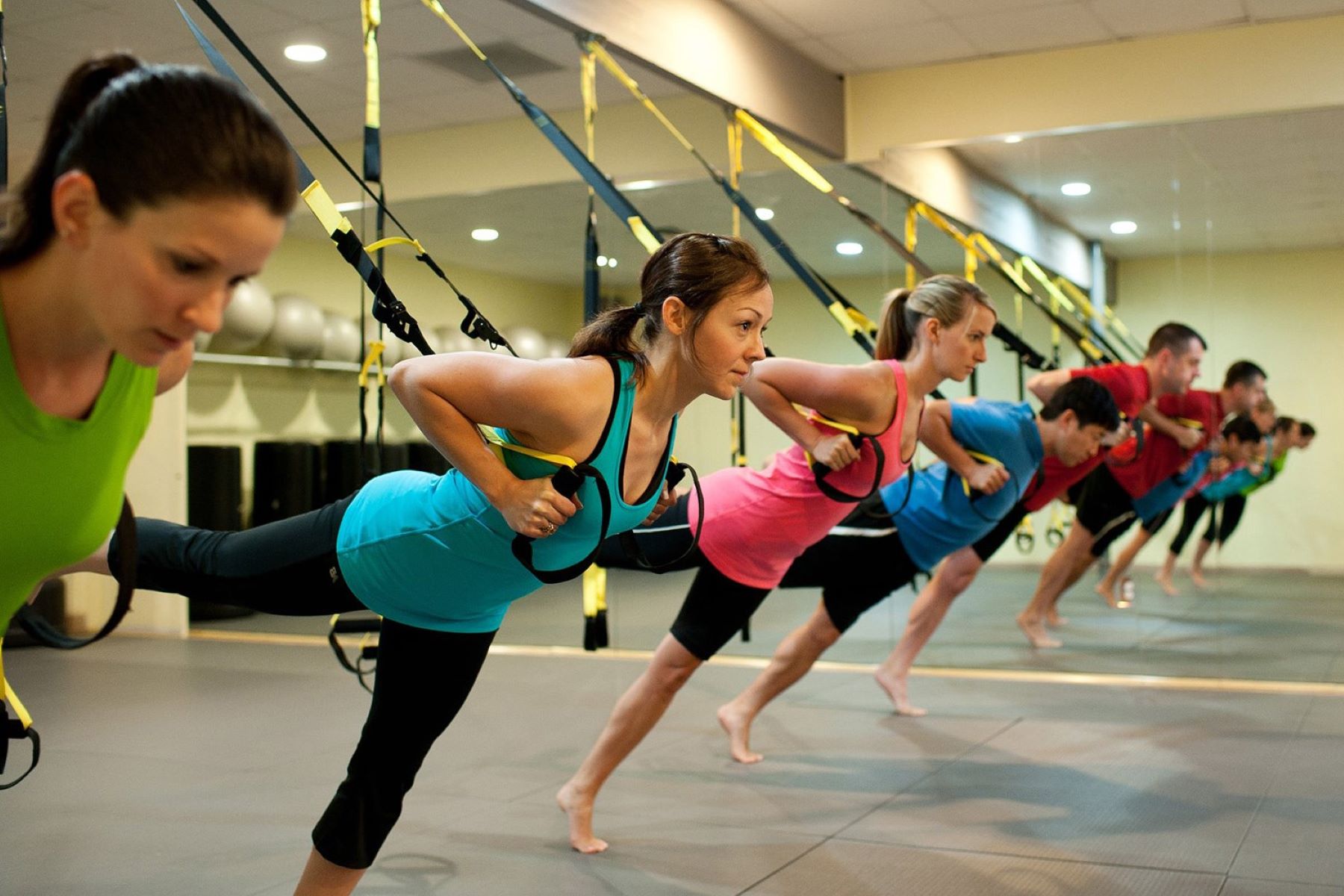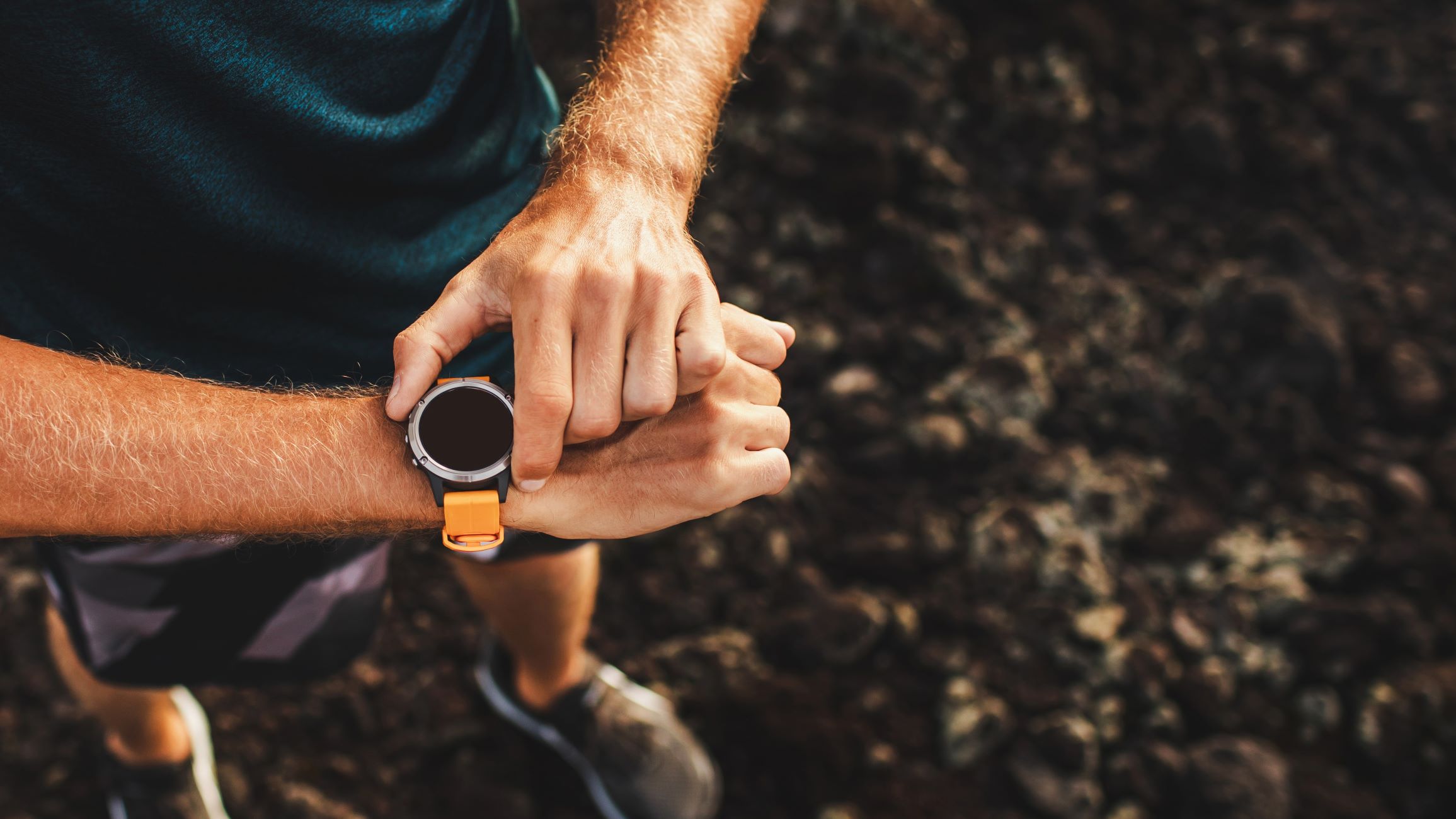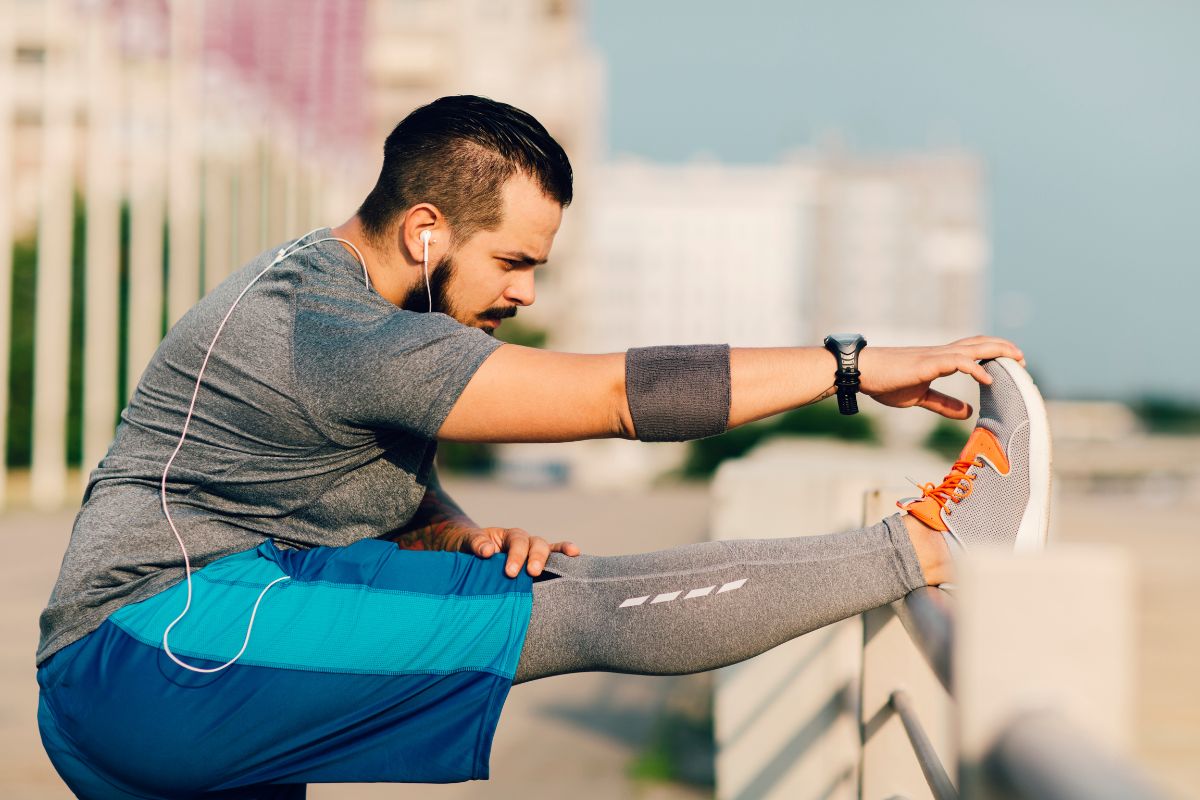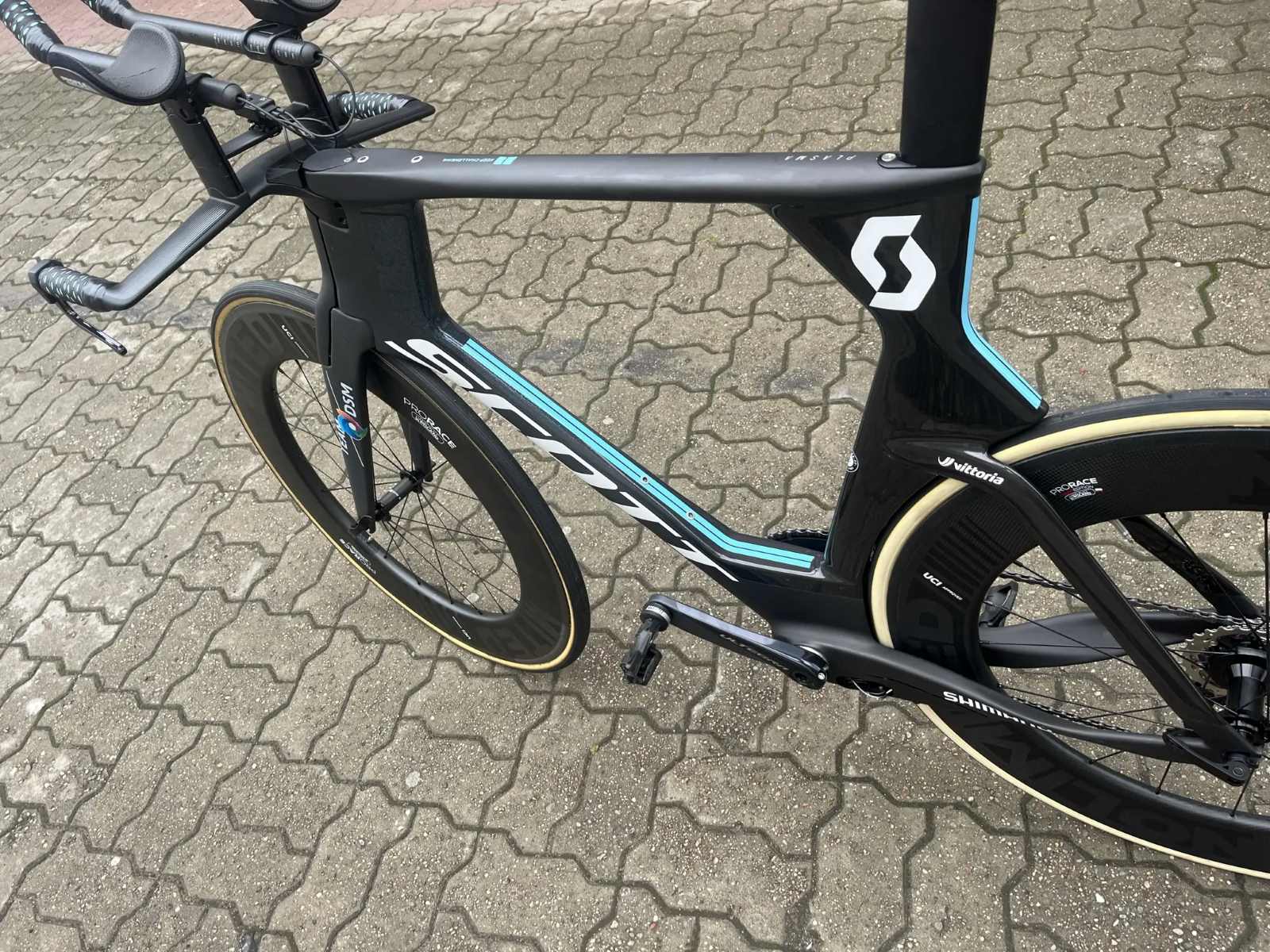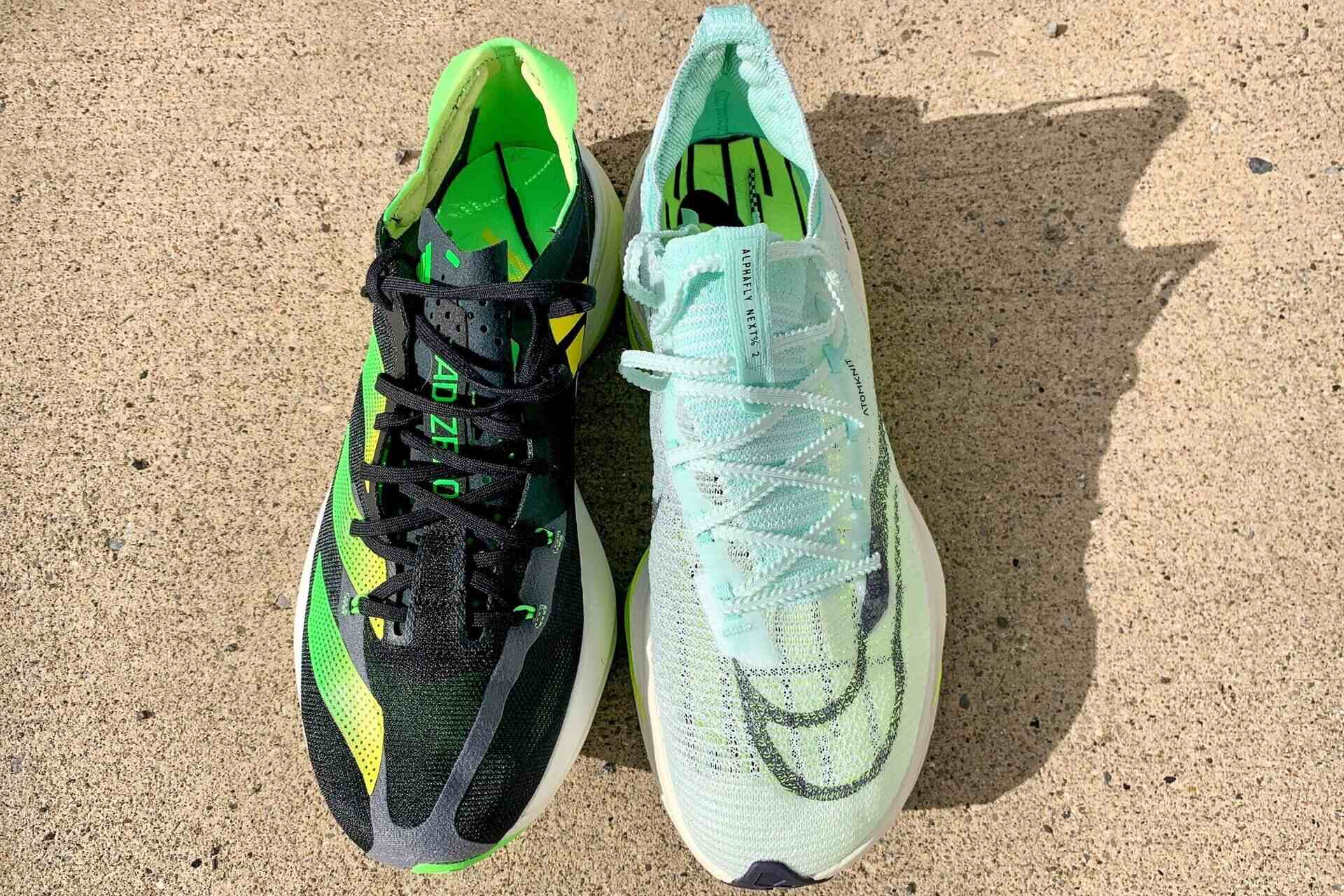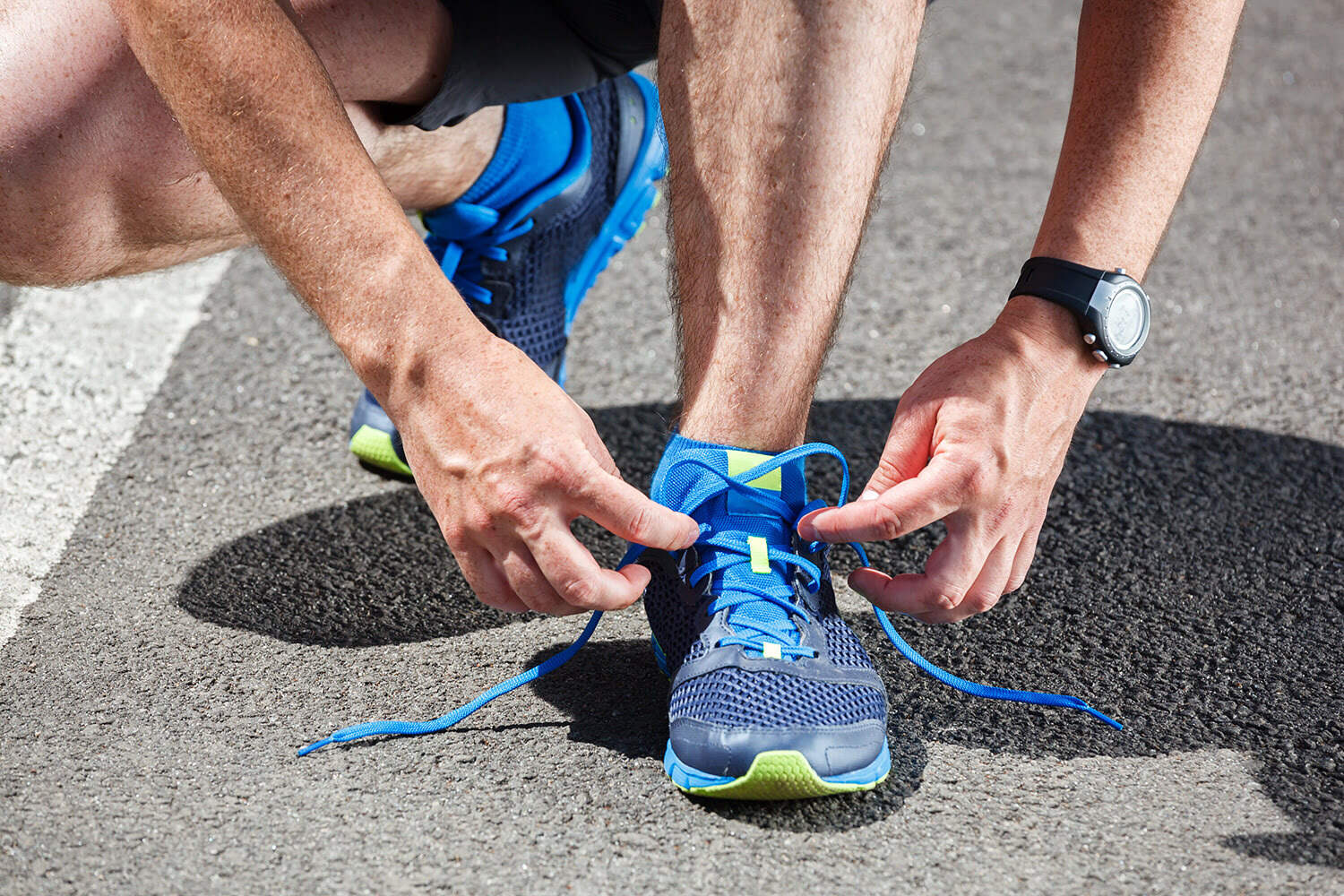Home>Gear & Reviews>Saucony Introduces Groundbreaking Gait Assessment Technology For Runners
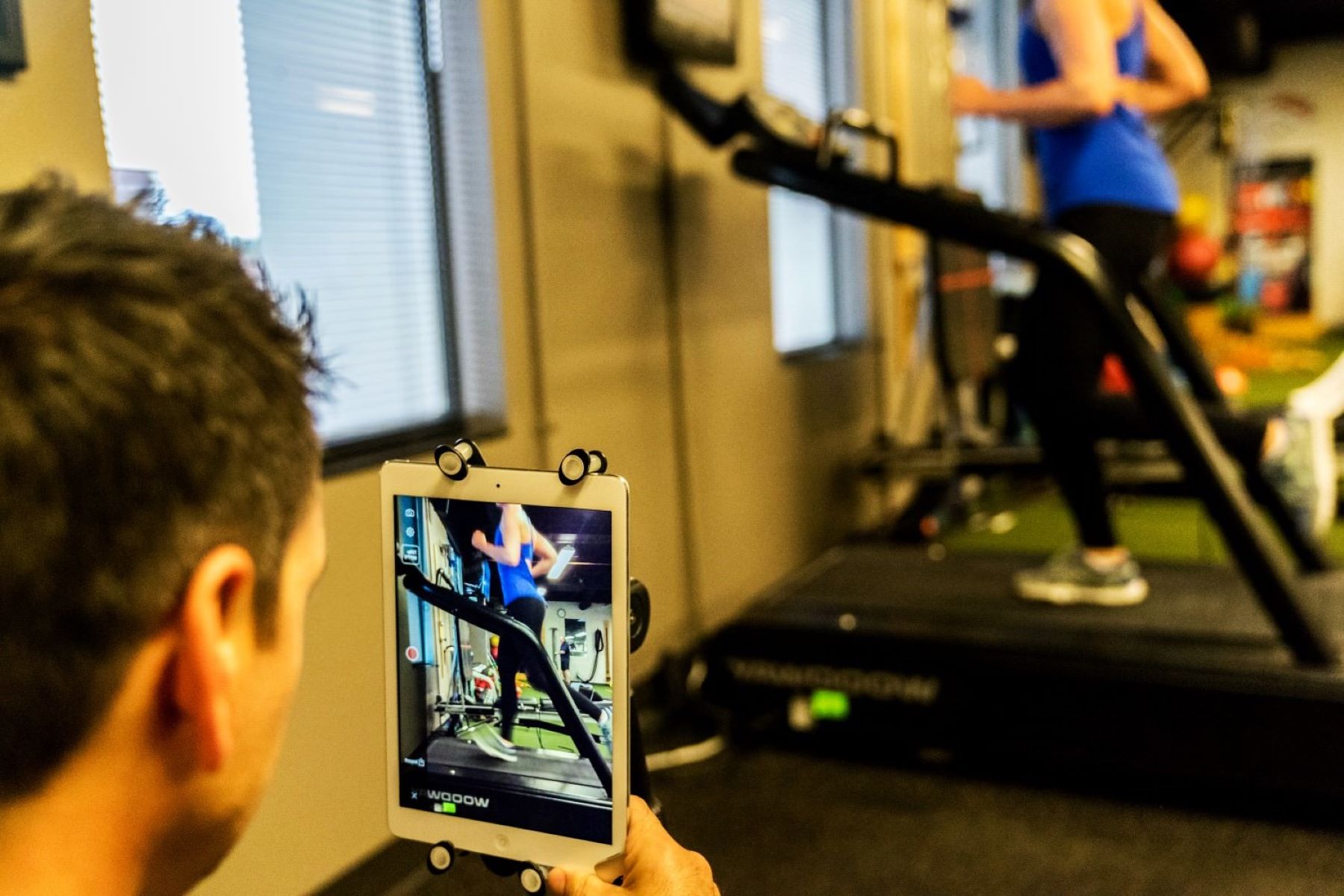

Gear & Reviews
Saucony Introduces Groundbreaking Gait Assessment Technology For Runners
Published: March 6, 2024
Discover Saucony's revolutionary gait assessment technology for runners. Read expert gear and reviews to enhance your running experience.
(Many of the links in this article redirect to a specific reviewed product. Your purchase of these products through affiliate links helps to generate commission for Therunningadvisor.com, at no extra cost. Learn more)
Table of Contents
The Importance of Gait Assessment for Runners
Understanding your gait is crucial for any runner looking to improve their performance and prevent injuries. Your gait refers to the way you move your limbs while running, and it can have a significant impact on your overall running experience. Gait assessment helps runners understand their unique biomechanics, including how their feet strike the ground, their stride length, and their overall body alignment. By gaining insights into your gait, you can make informed decisions about your footwear, training techniques, and injury prevention strategies.
Why Gait Assessment Matters
- Injury Prevention: Gait assessment can identify biomechanical issues that may lead to injuries. By understanding your gait, you can address any imbalances or weaknesses, reducing the risk of common running injuries such as shin splints, plantar fasciitis, and IT band syndrome.
- Performance Optimization: Your gait can directly impact your running efficiency and speed. By analyzing your gait, you can identify areas for improvement, such as stride length, cadence, and foot strike pattern, ultimately enhancing your overall performance.
- Footwear Selection: Different types of running shoes are designed to accommodate various gait patterns. Gait assessment can help you choose the right footwear that provides the necessary support and cushioning based on your individual biomechanics.
The Role of Technology
With advancements in technology, gait assessment has become more accessible and accurate. Tools such as pressure plates, 3D motion capture systems, and wearable sensors allow for detailed analysis of a runner's gait dynamics. These technological innovations provide valuable data that can guide personalized training plans and interventions to address gait-related issues.
In summary, gait assessment is not just a buzzword in the running community; it is a fundamental aspect of optimizing performance and minimizing the risk of injuries. By understanding how you move, you can take proactive steps to enhance your running experience and achieve your goals.
Understanding Saucony's New Gait Assessment Technology
Saucony, a renowned name in the running industry, has introduced a groundbreaking gait assessment technology known as "Stride Lab." This innovative system utilizes state-of-the-art sensors and pressure-measuring insoles to capture real-time data about a runner's gait dynamics. By incorporating this technology into their footwear offerings, Saucony aims to provide runners with personalized insights into their biomechanics, ultimately enhancing their running experience.
The Stride Lab technology works by analyzing a runner's foot strike pattern, pronation, and overall gait characteristics. Through the use of pressure-measuring insoles, the system captures precise details about how the foot interacts with the ground during each stride. This data is then translated into actionable insights, allowing runners to understand their unique gait patterns and make informed decisions about their training and footwear needs.
One of the key advantages of Saucony's Stride Lab technology is its ability to provide real-time feedback. This means that runners can receive immediate insights into their gait while running, rather than having to wait for post-run analysis. By leveraging this instantaneous feedback, runners can make on-the-spot adjustments to their form and technique, leading to more efficient and biomechanically sound running.
Moreover, Saucony's gait assessment technology is designed to be highly accessible. Through partnerships with select running stores and events, runners can experience the Stride Lab technology firsthand. This hands-on approach allows individuals to engage directly with the gait assessment process, fostering a deeper understanding of how their biomechanics influence their running performance.
In essence, Saucony's Stride Lab technology represents a significant leap forward in the realm of gait assessment for runners. By integrating cutting-edge sensors and real-time feedback capabilities, this innovation empowers runners to gain a comprehensive understanding of their gait dynamics and leverage this knowledge to elevate their running endeavors.
How Saucony's Technology Can Improve Running Performance
Saucony's Stride Lab technology has the potential to significantly enhance running performance in several key ways:
-
Customized Footwear Selection: By gaining insights into their gait dynamics, runners can make more informed decisions when selecting running shoes. Saucony's Stride Lab technology can recommend specific footwear models that align with an individual's biomechanical needs, ensuring optimal support and comfort during runs.
-
Biomechanical Optimization: Understanding one's gait patterns allows for targeted biomechanical adjustments. With the real-time feedback provided by Stride Lab, runners can make immediate modifications to their form, stride length, and foot strike, leading to improved running efficiency and reduced risk of overuse injuries.
-
Training Plan Tailoring: The data obtained from gait assessment can inform the development of personalized training plans. By identifying areas of improvement in their gait dynamics, runners can focus on specific exercises and drills to address weaknesses and enhance overall performance.
-
Injury Prevention Strategies: Saucony's technology enables runners to proactively address potential injury triggers. By recognizing any biomechanical imbalances or irregularities, individuals can take preventive measures, such as targeted strength training or flexibility exercises, to mitigate the risk of common running-related injuries.
-
Real-Time Performance Monitoring: The real-time feedback provided by Stride Lab allows runners to monitor their gait dynamics during training sessions and races. This immediate insight empowers individuals to make in-the-moment adjustments, optimizing their performance and reducing the likelihood of fatigue-induced form deterioration.
In essence, Saucony's Stride Lab technology serves as a valuable tool for runners seeking to elevate their performance. By leveraging the personalized insights derived from gait assessment, individuals can make data-driven decisions regarding footwear, training, and injury prevention, ultimately enhancing their overall running experience.
The Future of Gait Assessment in the Running Industry
The future of gait assessment in the running industry holds tremendous potential for further advancements and widespread integration. As technology continues to evolve, gait assessment tools are expected to become more sophisticated, accessible, and seamlessly integrated into the overall running experience.
Integration of Wearable Devices
Wearable technology, such as smart running shoes and advanced fitness trackers, is poised to play a pivotal role in the future of gait assessment. These devices will not only capture data related to a runner's gait dynamics but also provide real-time feedback and personalized recommendations for improving biomechanics. By seamlessly integrating gait assessment capabilities into wearable devices, runners can receive continuous insights into their running form and performance.
Artificial Intelligence and Biomechanical Modeling
The integration of artificial intelligence (AI) and biomechanical modeling holds promise for the future of gait assessment. AI algorithms can analyze vast amounts of gait data to identify patterns, predict injury risks, and recommend personalized interventions. Furthermore, advanced biomechanical modeling techniques will enable runners to visualize and understand their gait dynamics in unprecedented detail, fostering a deeper awareness of how biomechanics influence running performance.
Enhanced Accessibility and User Experience
In the future, gait assessment technologies are expected to become more accessible to a broader range of runners. This may involve the development of smartphone applications that leverage built-in sensors to conduct basic gait analysis or provide guidance for improving running form. Additionally, user interfaces and feedback mechanisms will be designed to be intuitive and user-friendly, ensuring that runners can easily interpret and act upon the insights derived from gait assessment tools.
Personalized Training and Rehabilitation Programs
Gait assessment will increasingly inform the development of personalized training and rehabilitation programs for runners. By leveraging gait data, coaches, physical therapists, and sports medicine professionals can tailor interventions to address specific biomechanical inefficiencies and injury risks. This personalized approach will empower runners to optimize their training regimens and recover from injuries more effectively, ultimately contributing to long-term performance improvement and injury prevention.
Collaborative Research and Industry Partnerships
The future of gait assessment will likely involve collaborative efforts between research institutions, sports science experts, and industry stakeholders. These partnerships will drive innovation in gait assessment technologies, leading to the development of standardized protocols, best practices, and evidence-based interventions. By fostering a collaborative ecosystem, the running industry can ensure that gait assessment tools and practices continue to evolve in alignment with the latest scientific insights and technological capabilities.
In summary, the future of gait assessment in the running industry is characterized by the convergence of advanced technology, personalized insights, and collaborative innovation. As gait assessment tools become more integrated, accessible, and sophisticated, runners can look forward to a future where understanding and optimizing their biomechanics is an integral part of their running journey.

